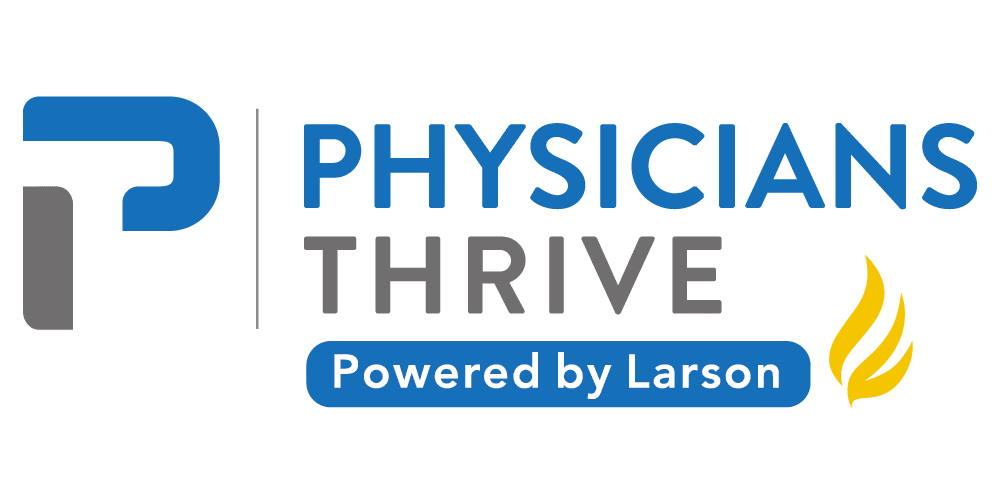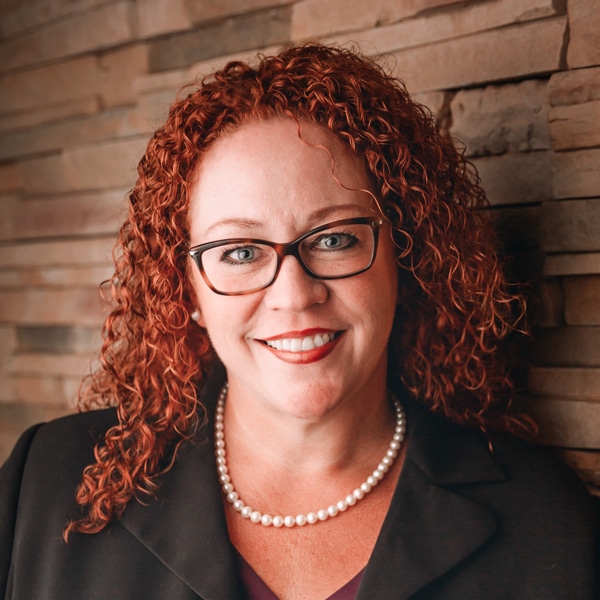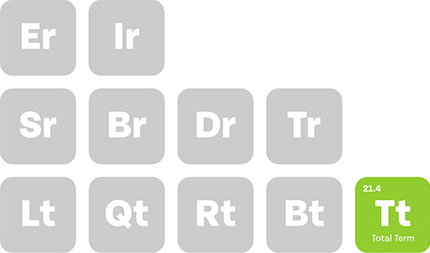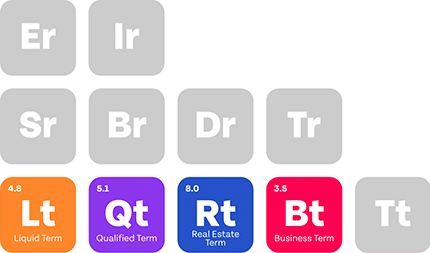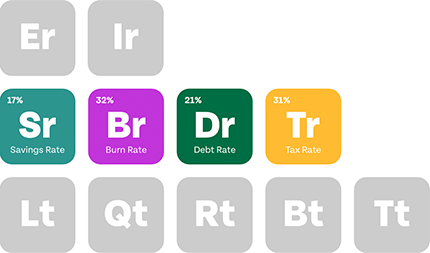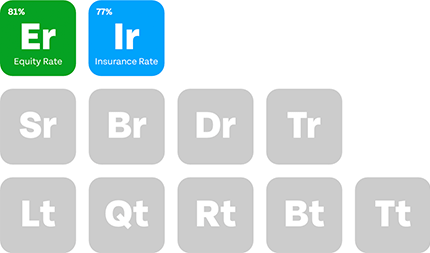More than 25% of today’s 20-year-olds—including physicians—will experience a disability before reaching retirement age. For medical professionals, the risk isn’t just theoretical because nearly 3% of full-time physicians already live with a disability.
Now, employer-sponsored disability insurance does offer protection against sudden disabilities. But most policies leave dangerous gaps like inadequate coverage limits, restrictive definitions of “disability,” or exclusions for high-earning specialists.
Supplemental disability insurance covers those gaps and makes sure you’re fully covered if an injury or illness jeopardizes your ability to practice. We’ll cover how it works, how much it costs, and how to get it in this article.
Key Takeaways
- Over 25% of physicians will face disability before reaching retirement age.
- Employer disability insurance often covers too little and has strict limitations.
- Supplemental disability insurance fills income gaps left by employer policies.
- Buying early secures better rates and ensures complete financial protection.
Table of Contents
The Reality of Disability Risk for Physicians
In medicine, your income depends entirely on your health. The risk isn’t just becoming disabled—because that is something that could likely happen to one in four of us. The real risk is being unprepared when it happens.
Yet, many physicians gamble daily with their biggest financial vulnerability: their ability to work. Here’s the reality on the ground:
- 3% of active physicians already live with a disability—that’s 1 in every 33 doctors in your hospital or practice right now.
- Nearly 30% of disabled physicians are under 45. Young physicians are not immune to disability.
When you can’t work, your bills don’t stop, but your income might. This is where employer disability insurance helps—but where it often falls short as well.
How Employer Disability Insurance Falls Short
Many physicians assume their employer’s disability insurance protects them. While this is true, it only covers around 40% to 60% of your current base income. This may not cover all of your needs if you get too sick or injured to earn an income.
Your benefits are also taxable if your employer paid your premiums. This means if you receive $10k in pre-tax benefits per month, you’ll take home less—around $8k/month after taxes—which might not cover your loan payments.
If that’s not enough, your employer’s policy may have the any-occupation ‘trap’. This means they can stop paying if you’re still able to work any job within your field (for example, if you’re a surgeon with a hand injury but can still work in telemedicine). This is where supplemental disability insurance becomes crucial.
What Is Supplemental Disability Insurance?
Supplemental disability insurance (SDI) is a policy that covers a part of the difference between what you usually earn and what you get from your current long-term disability policy.
In other words, your SDI replaces a percentage of your salary that isn’t covered by your existing disability insurance. It supplements rather than replaces your long-term disability policy.
You purchase an SDI to build on top of what your employer provides. You choose the coverage amount, benefit duration, and features like own-occupation protection, which may be missing from your standard plan. This means you get a bigger safety net and retain ownership of your policy even if you change jobs.
How Does Supplemental Disability Insurance Work
Let’s say you earn $280,000 annually, which comes down to around $23,333 per month in gross income. Your employer’s disability plan pays 60% of your income, but it’s capped at $12,000/month.
This means your maximum benefit is $12,000, around 51.4% of your income, when you could be getting $14,000, which is 60% of your income.
If you purchase a supplemental disability policy that protects up to 70% of your income, this policy would add another $4,000 on top of your group benefit. This makes your total disability benefit around $16,000.
Features You Should Look for in a Supplemental Disability Policy
Here are the features you should look for when getting supplemental disability coverage:
- True own-occupation coverage . This pays benefits if you’re unable to work in your medical specialty but can still work in another capacity. Without this, you can be denied benefits because you can work in another lower-paying role.
- Non-cancelable . You should choose a policy that can’t be canceled as long as you pay your premiums.
- Guaranteed renewable . This means your coverage and rates are locked in, and the insurer can’t raise your premiums or drop your policy if your health status changes.
- Cost-of-living adjustments (COLA) . This rider increases your benefit each year to keep up with inflation while you’re on the claim.
- Catastrophic disability benefit . This provides an extra benefit if you become severely disabled and cannot perform basic daily activities.
How Much Supplemental Coverage Do You Need?
The right amount of supplemental disability coverage depends on what portion of your income wouldn’t be covered if you became unable to work.
You can find that out by looking at what your current employer’s long-term disability policy covers. Most cap benefits at 60% of your salary and impose a monthly maximum. If your income exceeds that cap, a chunk of your salary will be uncovered. That’s where supplemental coverage will help.
You also need to look at your loan payments, practice premiums, retirement contributions, and living expenses when deciding how much supplemental coverage you need. Your combined disability coverage should be sufficient to cover these fixed expenses without forcing you to drain your savings.
When Should You Buy Supplemental Disability Insurance as a Physician?
The best time to buy supplemental disability insurance is before you need it and before your income peaks or your health changes. Here’s when to start:
- During residency or fellowship . Premiums are lower because you’re young and healthy. Many policies also offer guaranteed acceptance during this period, meaning you can secure coverage with minimal medical underwriting.
- Early in your career . If you didn’t buy during training, you should get supplemental disability insurance when starting your first attending job. Your premiums will still be low because you’re still young and likely in good health.
- After a job change or loss of group benefits . If you’re switching jobs or starting your practice, don’t assume your new job will offer the same benefits. This means you should get an SDI to cover any gaps in your primary coverage.
Protect Your Medical Career and Income With Physicians Thrive
For many physicians, disability isn’t just a possibility—it’s a probability. While employer disability coverage gives you a good start, it often leaves gaps that could put your financial future at risk.
Supplemental disability insurance fills those gaps and helps you protect the income, lifestyle, and career you’ve worked so hard to build. But it can be difficult to know exactly which type of insurance to go for and which features to look for.
That’s where we come in.
At Physicians Thrive, we help doctors get supplementary coverage for any illness or injury that could put their financial stability in jeopardy. We start by taking a look at your current policy and helping you find a supplementary policy that secures more of your income.
Ready to make an investment in the security of your financial stability? Give us a call today!

